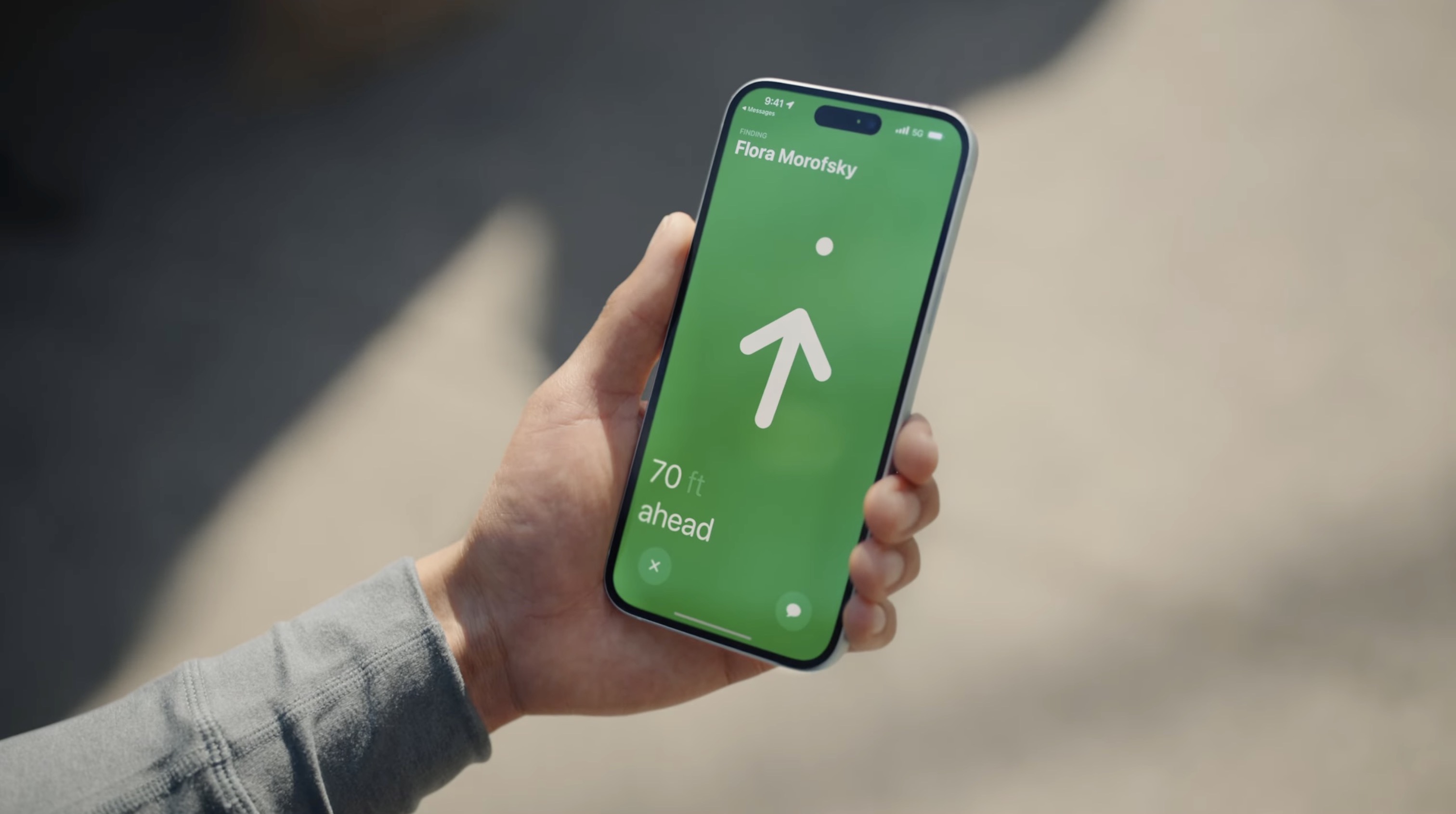
George Mason University researchers claim to have uncovered a serious vulnerability in Apple's Find My network that allows hackers to track virtually any Bluetooth-enabled device without the owner's knowledge.

Called "nRootTag," the exploit tricks the Find My network into treating ordinary Bluetooth devices as if they were AirTags, allowing hackers to turn laptops, smartphones, game controllers, VR headsets, and even e-bikes into unwitting tracking beacons.
Find My works by having AirTags and other Find My-compatible items send Bluetooth signals to nearby Apple devices, which then anonymously relay location data to Apple's servers. The researchers discovered they could manipulate cryptographic keys to make the network believe any Bluetooth device was a legitimate AirTag.
The research team found that the attack has a 90% success rate and can pinpoint a device's location within minutes. "While it is scary if your smart lock is hacked, it becomes far more horrifying if the attacker also knows its location," said one of the researchers.
What makes the exploit even more concerning is that it doesn't require physical access or administrator privileges on the target device – it can actually be executed remotely. In their experiments, the team successfully tracked a stationary computer with 10-foot accuracy and even reconstructed the exact flight path of a gaming console brought onboard an airplane.
The attack does require fairly hefty computing resources – the research team used hundreds of graphics processing units to quickly find matching cryptographic keys. However, they note that this could be achieved relatively inexpensively by renting GPUs, which has become a common practice in the crypto-mining community.
The team said they notified Apple about the vulnerability in July 2024, and Apple says that it protected against the vulnerability in December software updates.
Even after Apple implements a fix, the researchers warn the vulnerability could persist for years as many users delay updating their devices. "The vulnerable Find My network will continue to exist until those devices slowly 'die out,' and this process will take years," said one researcher.
The research will be formally presented at the USENIX Security Symposium in August. The team recommends users be cautious about apps requesting Bluetooth permissions, keep their devices updated, and consider privacy-focused operating systems for better protection.
Update: This article has been updated to clarify that Apple bolstered the Find My network in December 2024 to protect against this type of attack.
Article Link: Find My Network Exploit Turns Any Bluetooth Device Into a Tracker
Last edited:


